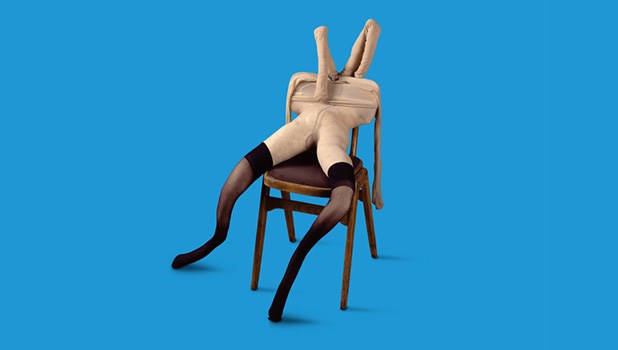The British art scene has always been a vibrant and dynamic space, constantly evolving and adapting to reflect the changing times. From the traditional works of the Victorian era to the modernist movements of the 20th century, British art has consistently pushed boundaries and challenged conventions. Today, the British art scene continues to thrive, with several key trends emerging that are shaping the landscape of contemporary British art.

One of the most significant trends is the increasing focus on diversity and representation. British artists are becoming more conscious of the need to represent the diverse range of experiences and identities within the UK. This is evident in the works of artists such as Lubaina Himid and Chris Ofili, who explore themes of race, identity, and post-colonialism in their work. Similarly, artists like Tracey Emin and Sarah Lucas are known for their provocative works that challenge traditional notions of femininity and sexuality.
Another key trend is the fusion of traditional and digital art forms. As technology continues to advance, many British artists are incorporating digital elements into their work, creating a hybrid form of art that blurs the line between the physical and virtual. Artists like Mat Collishaw and Rachel Ara are at the forefront of this trend, using digital technology to create immersive installations and interactive artworks.
Environmentalism is also becoming a prominent theme in British art. In response to the growing awareness of climate change and environmental degradation, many British artists are using their work to highlight these issues and advocate for sustainability. This trend is evident in the works of artists like Andy Goldsworthy and Richard Long, who create site-specific installations using natural materials, as well as in the works of artists like Olafur Eliasson, who uses his art to raise awareness about climate change.
The rise of street art is another notable trend in the British art scene. Once considered a form of vandalism, street art has now gained widespread acceptance and is seen as a legitimate form of artistic expression. British artists like Banksy and Stik have played a significant role in this shift, using street art to comment on social and political issues.
Lastly, there is a growing trend towards participatory art in the UK. This form of art involves the audience in the creation or viewing process, breaking down the traditional barrier between artist and viewer. Artists like Jeremy Deller and Tania Bruguera are known for their participatory artworks, which often involve large-scale public installations or performances.
In conclusion, the British art scene is currently characterised by a focus on diversity and representation, a fusion of traditional and digital art forms, a growing awareness of environmental issues, the rise of street art, and a shift towards participatory art. These trends reflect the broader social, political, and technological changes taking place in the UK and globally, demonstrating the power of art to both reflect and shape our world.
